Chinese Researchers Develop Innovative Self-Cleaning Glass

Scientists at China’s Zhejiang University have developed a new type of thin, transparent glass that can clean itself with the help of built-in electrodes that create an electric field. Surface particle pollution has long been a problem that science has struggled to solve. From dirty windows in inaccessible places to photovoltaic panels in the middle […]
Avatar-Like Capsule Interface Allows Anyone to Control a Robot Remotely
Japanese tech company H2L has created a capsule-like device that allows anyone to remotely control a robotic avatar just like in James Cameron’s namesake blockbuster. Imagine sitting comfortably in one of those state-of-the-art massage chairs and being able to perform most of your daily house chores by remotely controlling a robotic avatar. it sounds like […]
Car Dealership Introduces Humanoid Robot Staff

China’s Chery Automobile brand recently introduced Mornine, a humanoid robot designed for use in car dealerships, at one of its Malaysian dealerships. Originally designed as a digital character meant to connect with the young generation by leveraging concepts like the metaverse and social media, Mornine evolved into a humanoid robot that can interact with customers […]
New Antiviral Chewing Gum Could Help Prevent Flu and Herpes Infections

Scientists from Finland and the United States have developed a special type of chewing gum that can ‘trap’ and neutralize some influenza and herpes viruses. When asked to think about the best thing to fight the flu and herpes with, most people probably wouldn’t say ‘chewing gum’, but according to a new study published in […]
Company Unveils World’s First Biological Computer Based on Human Brain Cells
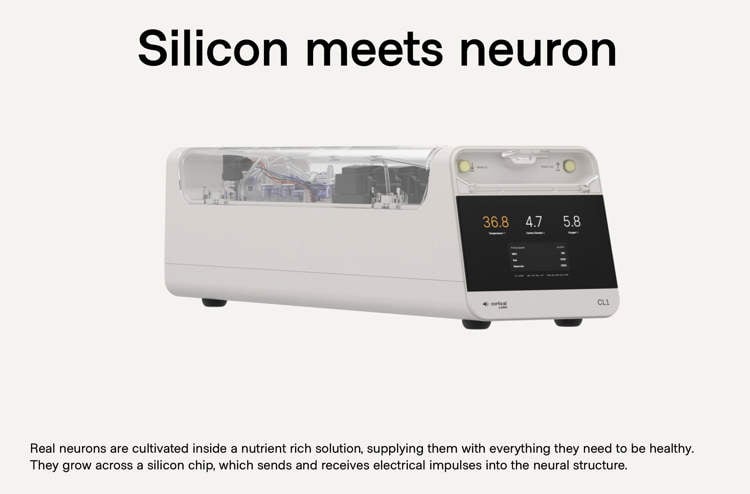
The CL1 is an innovative biological computer that combines living cultured human brain cells with silicon hardware in an advanced computer case that also acts as life-support for the cells. Australian biotech company Cortical Labs recently made international news headlines by announcing what it calls “the world’s first code deployable biological computer.” The innovation behind […]
The World’s Highest Bridge Stands 565 Meters Above a Steep River Valley

The Beipanjiang Bridge sits over 565 meters (1,854 feet) above the Beipan River Valley nestled between two very steep cliffs, making it the world’s highest bridge. Also known as the Duge Bridge or “China’s Impossible Engineering Feat”, the world’s highest bridge may not look that impressive at first sight, but it is a testament to […]
China Develops Lunar Bricks Designed to Be Used on the Moon
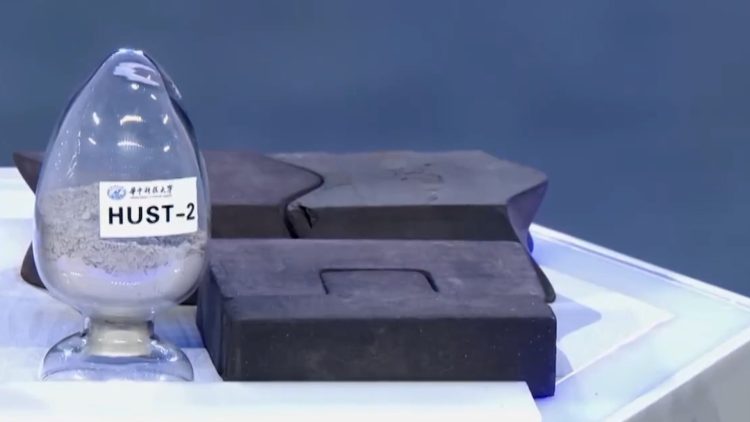
Chinese scientists recently unveiled an innovative brick type that they hope will be used to build the world’s first base and inhabitable houses on the surface of the moon in the near future. It’s no secret that China has big plans when it comes to moon colonization. Earlier this year, it became the first country […]
Company Creates AI Voice Filter That Turns Angry Screams into Calm Speech

A Japanese company has developed an artificial intelligence filter that can detect angry screams and translate them into calm speech in order to reduce the stress experienced by call center operators. Large tech companies have long been aware of the stress their call center operators are exposed to every single day, with many customers taking […]
Innovative Throat Patch Could Help People Speak Without Vocal Cords
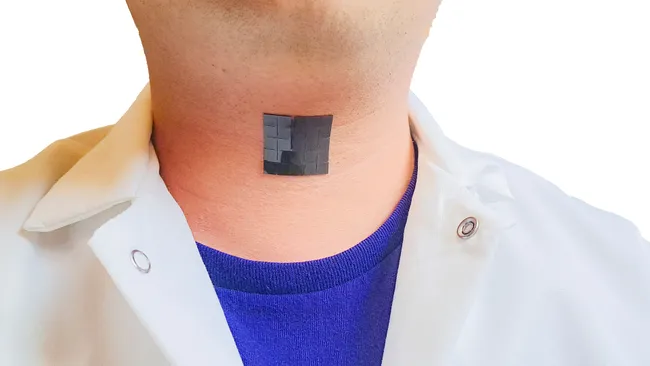
Researchers at the University of California recently created a self-powered throat patch that uses machine learning to translate muscle movements into speech, helping people to speak without vocal cords. Jun Chen, an assistant professor of bioengineering at the University of California, Los Angeles, came up with the idea for a non-invasive speech-enabling device after feeling […]
‘Ideal Bike Saddle’ Moves Under Your But as You Pedal
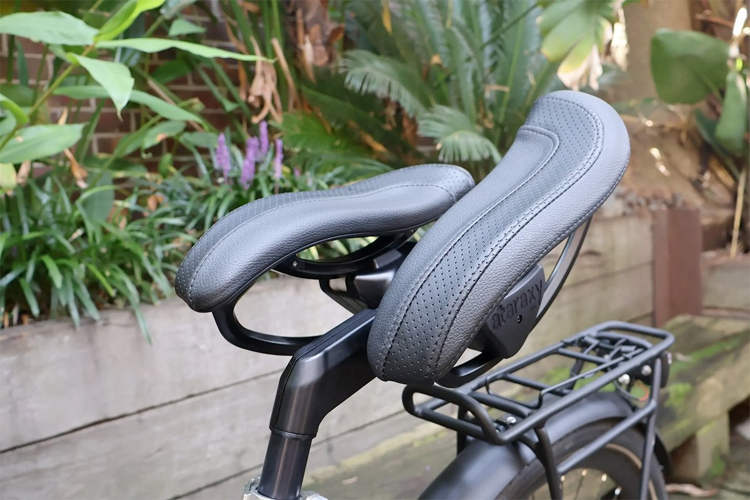
VabsRider, the ‘world’s first virtual axis bicycle seat,’ is an innovative bicycle saddle featuring two sides that move independently as you pedal to distribute the load more evenly for a more comfortable ride. Australian engineer Robin Macan had always wondered why no one had come up with a more comfortable bicycle seat. The flaw of […]
Scientists Create Smart Pill That Vibrates to Make You Feel Full
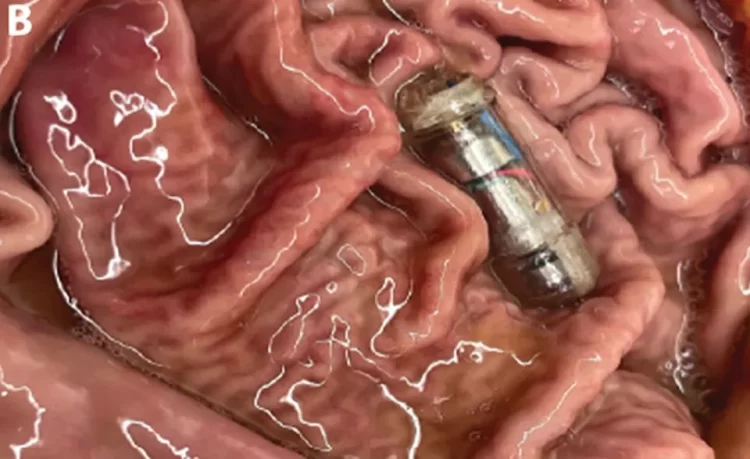
Researchers at MIT created a high-tech pill that starts to vibrate once it makes contact with gastric fluid in the user’s stomach in order to stimulate receptors in the stomach and create the sensation of fullness. VIBES, short for Vibrating Ingestible BioElectronic Stimulator, was only recently unveiled in a study published in the Science Journal, […]
World’s First Microwave Bag Lets You Heat Meals on the Go
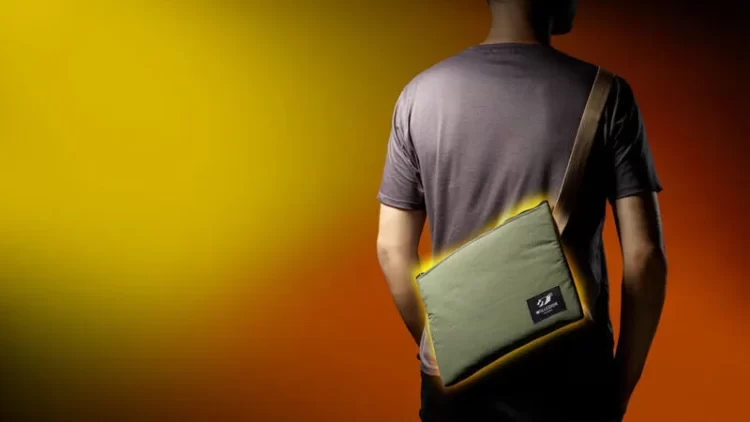
The Willtex ‘Willcook’ microwave bag looks like a stylish laptop bag but is actually made out of conductive fabric that allows the user to heat the inside all the way up to 250 degrees Celsius. Say what you will, but there’s nothing more comforting than a nice hot meal on a cold winter day, especially […]
Miracle Drink Promises to Cut Blood Alcohol Level in Half in Just 30 Minutes
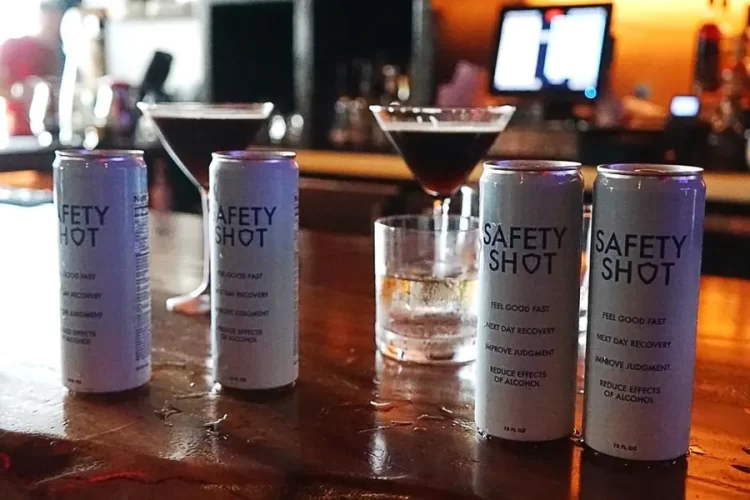
Safety Shot, a new blood alcohol detox drink set to launch later this year, promises to reduce blood alcohol content in less than an hour after consumption and make hangovers a thing of the past. The global market for hangover cures is growing faster than ever, with experts predicting that it will exceed $6 billion […]
School Lunch Provider Creates ‘Manga Milk Bottles’ to Motivate Kids to Drink Milk
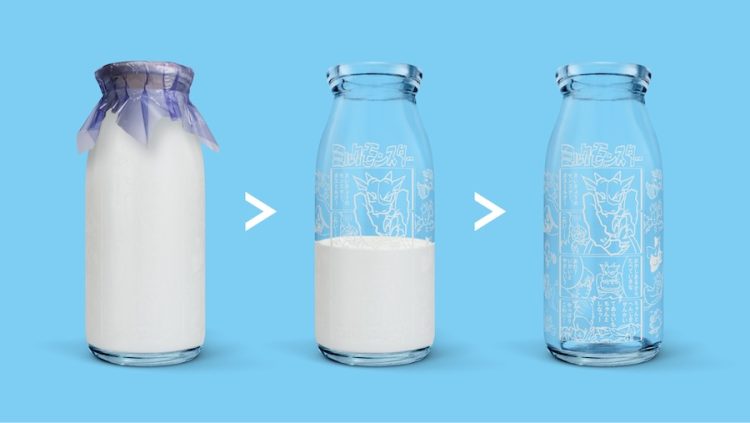
A Japanese producer of milk and dairy products came up with an ingenious way of motivating kids to finish their milk bottles at lunch – decorating the bottles with manga comics. Seki Milk, a milk producer and processor in Japan’s Gifu Prefecture, has been providing its products to local schools, but in recent years the […]
Chinese Scientists Develop Ultra-Slippery Toilet Bowl That Almost Nothing Sticks To
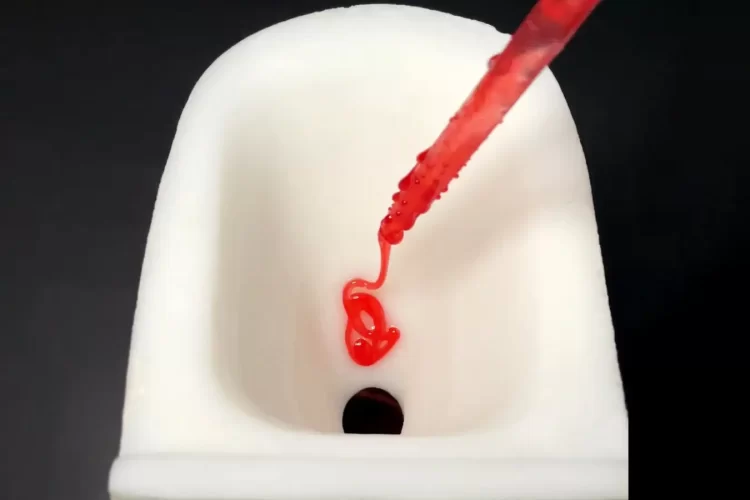
Chinese scientists at the Huazhong University of Science and Technology in Wuhan have developed a new, ultra-slippery toilet bowl that almost nothing sticks to. Porcelain has been the most common toilet bowl manufacturing material for quite a while now, and while it may be a while before a new material upsets it, we already have […]
